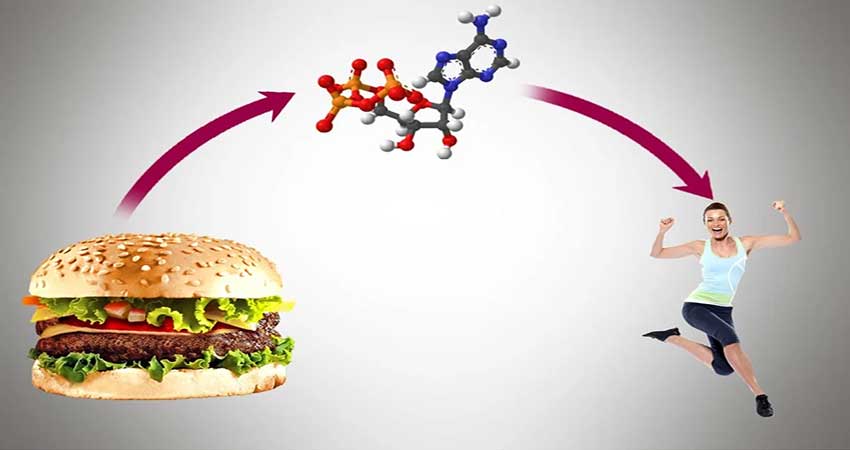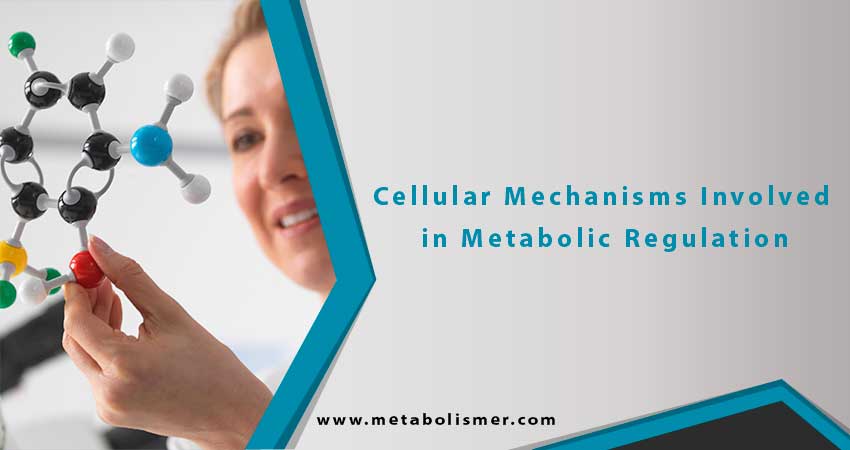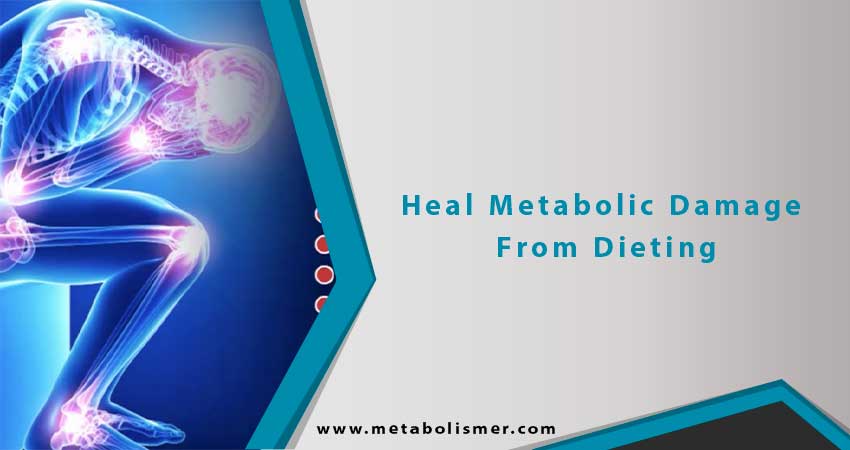Cellular Mechanisms Involved in Metabolic Regulation
whats is Metabolic Regulation ? Flux through metabolic pathways needs to be controlled. Different tissues need different patterns of metabolism according to their roles in the body. In addition, metabolic pathway flux needs to change with time, for instance to adapt to storing nutrients after a meal or mobilizing them between meals.
Mechanisms for regulating metabolic flux might be divided into (i) features specific to individual tissue, (ii) short-term dynamic changes (over periods of minutes or hours), and (iii) longer-term changes (over periods of days or longer). Longer-term changes usually involve changes in the amount of proteins present in cells.
Many key metabolic enzymes exist in different isoforms (coded for by dif-ferent genes), expressed in different tissues. Usually the isoforms catalyze the same reaction but the regulation is different.
The flow of substrates across membranes is a potential site for regulation. Families of transporter proteins exist for all major “energy metabolites”: glucose, fatty acids, amino acids; also for cholesterol and glycerol, and even water. Tissue-specific expression of different isoforms of these transporters confers metabolic specificity on tissues.
Short-term metabolic regulation often involves covalent modification of en-zymes, especially phosphorylation/dephosphorylation. It may also involve allosteric effects, or translocation of proteins within a cell.
Much of short-term metabolic regulation is governed by hormones, “signal molecules” that travel through the bloodstream and act through specific cellular receptors. Binding of the hormone to its receptor is usually followed by a chain of intracellular events linking it to the target metabolic process.
Hormone signaling chains are usually complex. Hormones signaling to mo-bilize stored fuels often signal via the small molecule cyclic adenosine 3 ,5 – monophosphate (cyclic AMP or cAMP). Insulin signals to alter metabolic events via the membrane lipid phosphatidyl-inositol (3 ,4 ,5 ) trisphosphate (PIP3). The existence of a signal chain allows amplification of the signal.
How is Metabolic Regulation Achieved?
Metabolic regulation, as we have discussed it in Chapter 1, is achieved by controlling the flow of metabolites along metabolic pathways according to the body’s needs.1 There are various aspects to this. One is the partitioning of nutrients or metabolic substrates between tissues and organs in different nutritional states. This may be achieved by the expression of particular enzymes or proteins that impart specific metabolic properties to that tissue.
For instance, some tissues do not express particular enzymes, others do. An example is glucose-6-phosphatase, the enzyme for making glucose from glucose 6-phosphate (produced either from glycogen breakdown or from gluconeogenesis). The liver expresses this enzyme: skeletal muscle does not. Therefore, liver glycogen breakdown can contribute directly to blood glucose: skeletal muscle glycogen breakdown cannot.
In addition, many key enzymes in metabolism have more than one isoform (often called isoenzymes or isozymes), related in structure and function, but produced from different genes, and with different regulatory properties. Both glycogen synthase and glycogen phosphorylase have different isoforms expressed in liver and muscle (and a third brain isoform for glycogen phosphorylase), coded for by distinct genes.
They catalyze identical reactions but their regulatory properties are subtly different. The family of glucose transporters, to be described below, is another example: tissue-specific expression gives different characteristics to tissues in terms of glucose uptake.
The first step in the metabolism of glucose within cells is always phosphorylation on the 6-carbon (to form glucose 6-phosphate) and this is brought about by a member of the hexokinase family of enzymes; again, different members of this family with different kinetic and regulatory properties are expressed in a tissue-specific manner.
readmore :how to boost metabolism?

change greatly within a fraction of a second. Even after eating a meal there are rapid changes in metabolic flux through certain pathways (as we shall see in later chapters). Glucose uptake into skeletal muscles increases, and the release of fatty acids stored in adipose tissue decreases, within about 60 minutes of eating a normal meal. (Even that reflects the relatively slow entry of glucose from the small intestine into the bloodstream: if glucose is injected directly into a vein, then these changes happen correspondingly more rapidly.)
Other changes need to take place more gradually, perhaps over a period of hours, days or longer, for instance in response to a change in diet or activity pattern, or even as a baby develops into a toddler or a young person into an adult. Such gradual changes usually involve changes in the amounts of enzymes (or other proteins) present. These mechanisms for regulating metabolic flux over longer periods are discussed later .
There is no absolute division between “rapid” and “longer-term” changes. Often enzymes that are regulated in a certain way in the short term – for instance, activated by phosphorylation – are also increased in amount by increased gene transcription if the situation persists for longer. Nevertheless, the mechanisms are distinct. These various mechanisms for achieving changes in substrate flux are illustrated in Figure 2.1.
Another form of control that will be discussed in many places in this book is achieved through alteration of the flow of substrates through the bloodstream. To give just one example, fatty acids are usually a preferred fuel (over glucose) for skeletal muscle.
When glucose is present in increased concentrations in the circulation after a carbohydrate-rich meal, how do muscles reduce their fatty acid use so that glucose can be utilized instead? The answer lies in adipose tissue, responsible for releasing fatty acids into the circulation. Fatty acid release is very effectively switched off by insulin, so muscles no longer have the option of using fatty acids. This apparent cooperation between tissues is typical of metabolic regulation when viewed on a whole-body basis.
source : www.ncbi.nlm.nih.gov

















